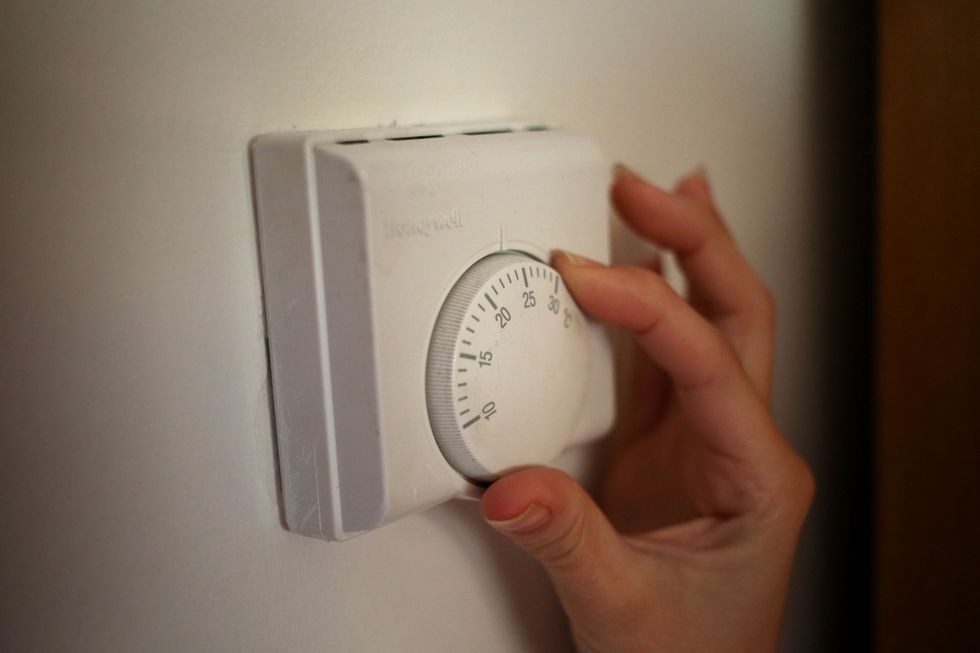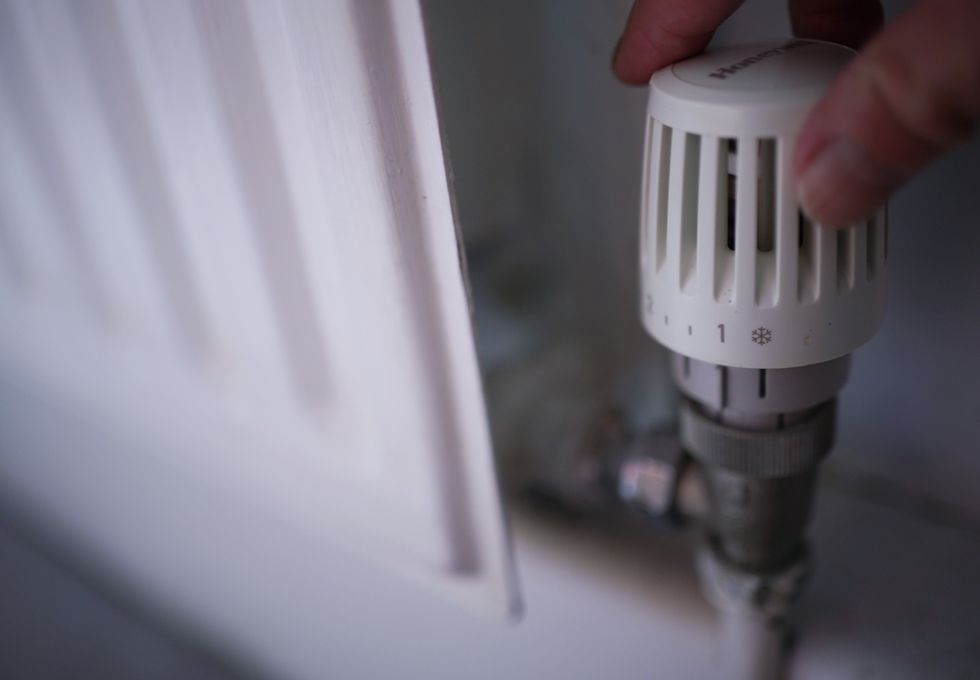
Domestic systems use thermostats to gauge the ambient temperature in a room
GETTY
Ofgem’s energy price cap has fallen this month, but millions of Britons are facing similar or worse energy bills this winter compared to last
Don't Miss
Most Read
Trending on GB News
Millions of Britons could make substantial savings on their energy bills by re-examining their homes.
Regulating the temperature indoors is done by thermostat, but an expert has warned where this device is placed in the home could play a significant part in energy bills.
This is because domestic systems use thermostats to gauge the ambient temperature in a room.
The system will then turn the radiators on or off accordingly.

An energy expert has warned many people make a mistake by putting their thermostat in the wrong place in the house
PA
Residents can set a maximum temperature and programme in time periods when they want to system to run, such as in the morning or during the morning.
However, Ryan Harrison from energyadvicehelpline.org explained that many make a common error when it comes to thermostats.
He said: "One mistake many people make is putting their thermostat in the wrong place in the house.
"This means it will fail to give an accurate measure of the ambient temperature and leave you paying out for unwanted warmth.”
For instance, by putting the thermostat in a location that people don’t spend much time in, the system can end up running more than is needed.
Mr Harrison said: "If it’s located in a room that isn’t used very often, such as a hallway or landing, or has other factors that could affect it like draughts, that can cause higher energy bills as the system will be running more than it needs to.
"Putting some thought into where to position your thermostats has the potential to save you hundreds of pounds over the colder months.
"That's cash in your pocket at a time when many people are struggling to afford basic costs such as food and domestic energy."
Mr Harrison said the best place for the heating system’s mission control is on an interior wall in a well-used room, such as a lounge.
He warned the hall and landing could be potential trouble zones, as would any locations close to windows or doors, or anywhere thermostats may come into contact with draughts. Chimneys can also present similar issues.
Bathrooms generate steam which could settle around the device, so these rooms are also best avoided for a thermostat.
LATEST DEVELOPMENTS:

The hall and landing could be potential trouble zones for a thermostat, the expert warned
PA
Energyadvicehelpline.org is trying to raise awareness about government-backed grants people may be able to apply for to cut the cost of making their homes more energy efficient.
This includes the ECO4 Scheme that provides insulation, air source heat pump systems and the installation of solar panels for renewable energy.
The scheme is open to households which are not connected to the mains gas grid and includes someone who gets a means-tested benefit - such as Pension Credit, Universal Credit, Housing Benefit, Child Tax Credits, Working Tax Credits, and other financial support.
People who are off the grid with an annual household income of less than £31,000 can also apply.
Mr Harrison said: “Many people are looking to future-proof their homes by opting for heat pump systems that offer fantastic advantages such as lower costs and a vastly reduced impact on the environment.
"They are also being encouraged to review and address insulation issues including gaps near doors and windows, plus holes around pipes and other utilities.
"Loft, under-floor and wall insulation measures can also shave money off your bills."








